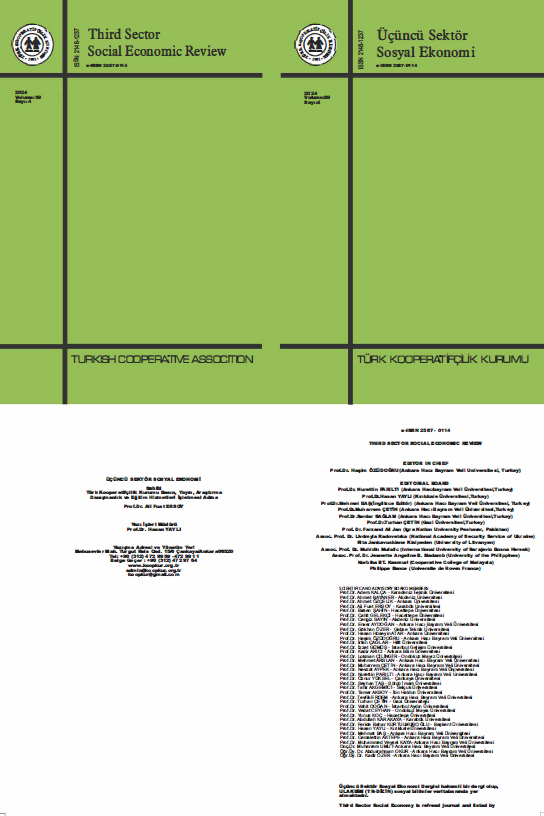ABD VE JAPONYA MERKEZ BANKALARININ 2008 KÜRESEL FİNANSAL KRİZİNDE VE COVİD-19 PANDEMİSİNDE UYGULADIĞI PARA POLİTİKALARI
DOI:
https://doi.org/10.15659/3.sektor-sosyal-ekonomi.24.11.2538Anahtar Kelimeler:
Fed- BoJ- Küresel Finansal Kriz- Covid-19- Para PolitikasıÖzet
ABD emlak piyasasında başlayan ve küresel nitelik kazanan 2008 küresel finansal krizi, Büyük Buhrandan sonra yaşanan en ağır finansal kriz olarak kabul edilmektedir. Tüm dünyada ekonomik ve sosyal sonuçları olan kriz, derin ve birbirine bağlantılı finansal sistemle Japon ekonomisini de etkilemiştir. ABD Merkez Bankası (Fed) ve Japon Merkez Bankası (BoJ) krize geleneksel olmayan para politikasını da içeren politika seti ile müdahale etmiştir.
2020 senesinde salgına dönüşen Covid-19, arz ve talep kanallarında aksaklıklara yol açarak finansal sektörü de etkilemiştir. Fed ve BoJ, küresel finansal kriz dönemindeki kullanılan bazı politika seçeneklerinin kapsamını değiştirerek uygulamaya almıştır.
Bu çalışmada, finansal krizlerin yapıları ve dinamikleri ele alınarak finansal kriz modelleri incelenmiş, 2008 küresel finansal krizinin nedenleri ile önceki krizlerle benzerlikleri ve ayrışan yönleri ele alınmıştır. Bu bulgular çerçevesinde, krizin nedeninin tek başına emlak piyasasındaki ipotekli konut kredileri olmadığı, bununla birlikte asimetrik bilgi, ters seçim ve ahlaki tehlikeyi içeren finansal sektördeki uygulamaların etkili olduğu görülmüştür. Çalışmada, Fed ve BoJ’ın küresel finansal krize ile Covid-19 döneminde uyguladığı para politikaları analiz edilmiştir. Finansal piyasalardaki farklılıklar sebebiyle her iki merkez bankasının finansal kriz ve Covid-19 pandemisi döneminde uyguladığı para politikasının araçlar, kapsam ve zamanlama yönüyle değişkenlik gösterdiği görülmüştür.
İndir
Yayınlanmış
25-12-2024
Nasıl Atıf Yapılır
OSMAN KILINÇEL, & MURAT ÇETİNKAYA. (2024). ABD VE JAPONYA MERKEZ BANKALARININ 2008 KÜRESEL FİNANSAL KRİZİNDE VE COVİD-19 PANDEMİSİNDE UYGULADIĞI PARA POLİTİKALARI. Üçüncü Sektör Sosyal Ekonomi Dergisi, 59(4), 2526–2555. https://doi.org/10.15659/3.sektor-sosyal-ekonomi.24.11.2538
Sayı
Bölüm
Makaleler






